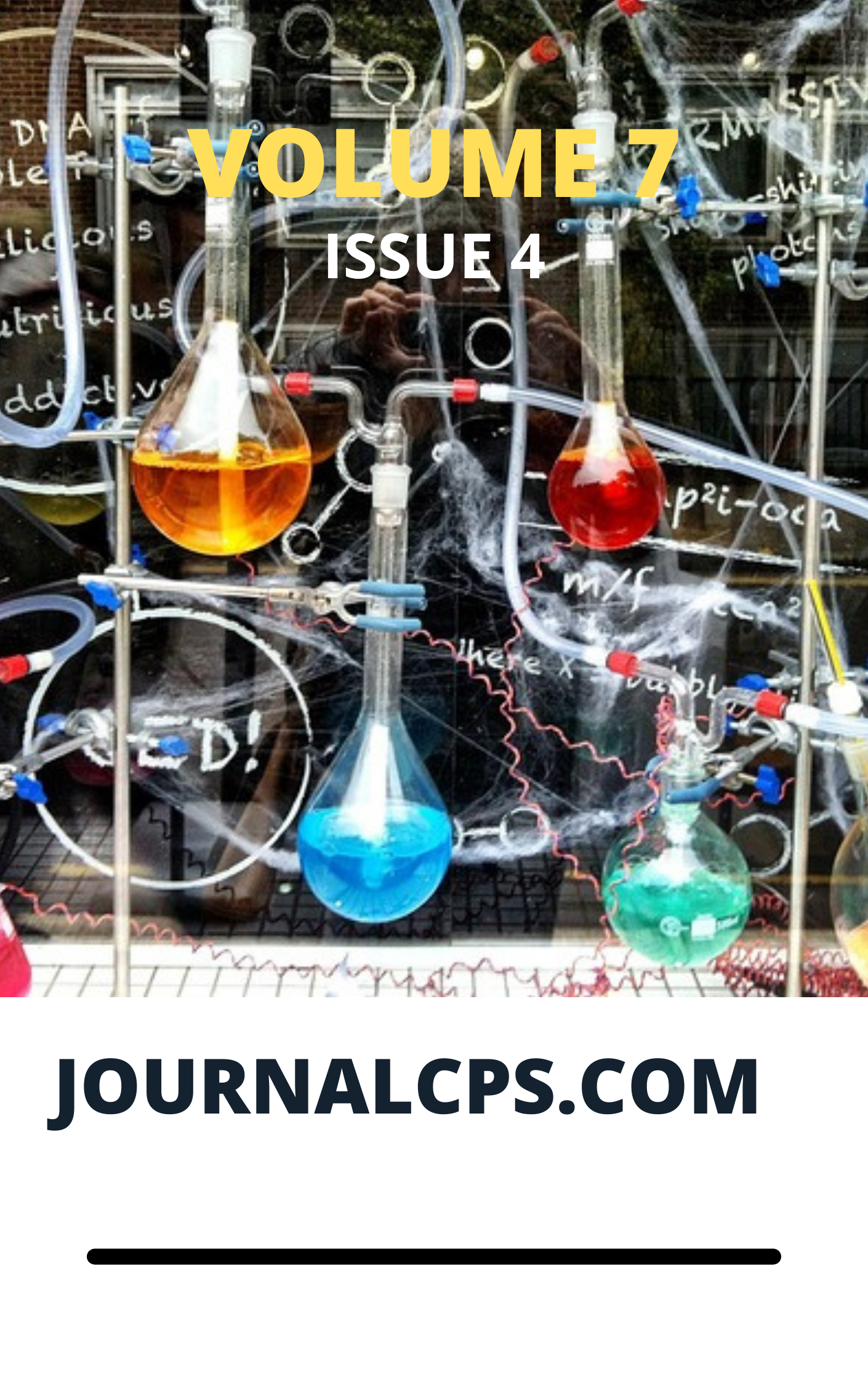Comparative Studies on Phytochemical Constituents Andantimicrobial Activity on Three Onion Species
Keywords:
Phytochemical, antimicrobial, Allium cepa, Allium ascalonicum and Crinum ornatumAbstract
L. Ibrahim,A. Abdulazeez,S. Ummisalma, A. Usman, S. U. Nagenu, U. Badeggi, S. H. Mohammed, A. I. Muhammad and F. B. Salahuu
Several studies have been carried out on the phytochemical constituents of onions, without recourse to the understanding that there are different species of onions (Allium cepa, Allium ascalanicum and Crinum ornatum). This study is designed to determine and compare the phytochemical constituents and antimicrobial activity of different species of onions. Phytochemical analysis was carried out on the different plant samples using wass distilled water, ethanol and chloroform as solvents. The results gotten show that flavonoid, saponin and steroids were present while tannin was present in the ethanol extract and absent in the rest extract. Glycosides were present in distilled and chloroform extracts, alkaloid was present in both distilled water and ethanol extracts but absent in the chloroform extract. Hydroxyl anthraquinone was absent in all three samples Phytochemical data for Crinum ornatum, indicated the absence of flavonoid, tannins and hydroxyl anthraquinone was absent in distilled water extract, for the ethanol extract flavonoid, tannins saponin, glycosides alkaloid were present while steroid and hydroxyl anthraquinones were absent. Flavonoid, saponin, glycosides steroid, and hydroxyl anthraquinones were absent in the chloroform extract while tannins and alkaloids were present. The information obtained for their phytochemical analysis indicated that onion bulbs have some medicinal valuece. The antimicrobial investigations show that the ethanol extracts of crinum ornatum, allium cepa and allium ascalonicumexhibited11.2, 8.9and 8.9mm which is consistent with a zone of high inhibition against the Staphylococcus aureus while the distilled water and chloroform extracts showed minimum inhibitory action. However, Efaecalis ethanol extracts of allium cepa, allium ascalanicum, and cranium ornatumdisplayedthe highest inhibitory action of 4.84.8and 8.2mm respectively for E. faecalis, compared to distilled water, ethanol. For E-colalsohighgh inhibitory zones exhibited ethanol extract of crinum ornatum (8.6 mm), allium cepa (5.8mm) and allium ascalonicum (5.8mm) were also observed., compared to distilled water and chloroform extracts that exhibited inhibitory zones positioned at 18and 4.4 and 4.4 mm for crinum ornatum, allium cepa and allium ascalonicumrespectively. Other active inhibitory zones were also observed and they gave evidence that the different species of onions have certain .antimicrobia properties.
Downloads
Published
Issue
Section
Most read articles by the same author(s)
- A. Usman, Y. Mohammed, H. O. Muhammed, A. H. Zakari, N. L. Usman, Phytochemical Screening and Antioxidant Activity of Balanites Aegyptiaca Root Bark Extracts: Influence of solvent , Communication In Physical Sciences: Vol. 5 No. 2 (2020): VOLUME 5 ISSUE 2
- A. Abdulazeez, N. C. Nwokem, I. I. Ibrahim, A. Uthman, H. L. Zubairu, M. Abubakar, Chemical Information from Proximate and Elemental Composition of Acalypha hispida Leaf , Communication In Physical Sciences: Vol. 5 No. 2 (2020): VOLUME 5 ISSUE 2
Similar Articles
- Salihu Takuma, Siaka Abdulfatai Adabara, Kamal Suleiman Kabo, Gas Chromatography-Mass Spectrometry (GC-MS) Analysis of Some Plants Extract , Communication In Physical Sciences: Vol. 12 No. 2 (2025): VOLUME 12 ISSUE 2
- Azeh Yakubu, Mohammed Aliyu-Paiko, Asseh Emmanuel, The Potential of Arginine-Modified Nanoclay Suspension Against Fungi and Bacteria Infestation in Maize and Groundnut , Communication In Physical Sciences: Vol. 12 No. 2 (2025): VOLUME 12 ISSUE 2
- Thelma Ewere Konyeme, Anthony Ossai Ukpene, Micromorphological and Nutritional Attributes of two Varieties of Vernonia amagdalina Del. Domesticated in Delta State. , Communication In Physical Sciences: Vol. 11 No. 4 (2024): VOLUME 11 ISSUE 4
- Amaku James Friday, Victor Okezie Ikpeazu, Ifeanyi Otuokere, Kalu K. Igwe, Targeting Glycogen Synthase Kinase-3 (Gsk3β) With Naturally Occurring Phytochemicals (Quercetin and its Modelled Analogue): A Pharmacophore Modelling and Molecular Docking Approach , Communication In Physical Sciences: Vol. 5 No. 4 (2020): VOLUME 5 ISSUE 4
You may also start an advanced similarity search for this article.




